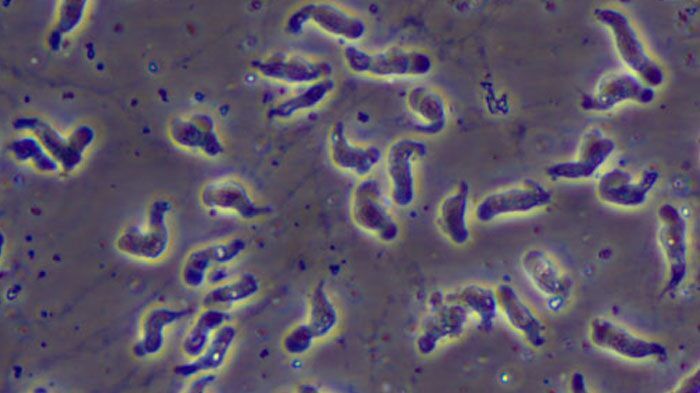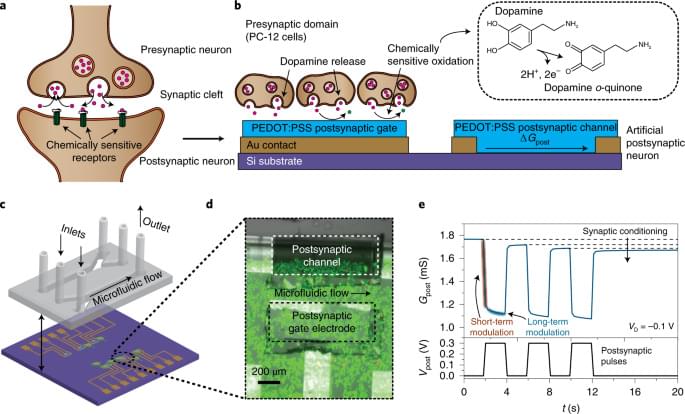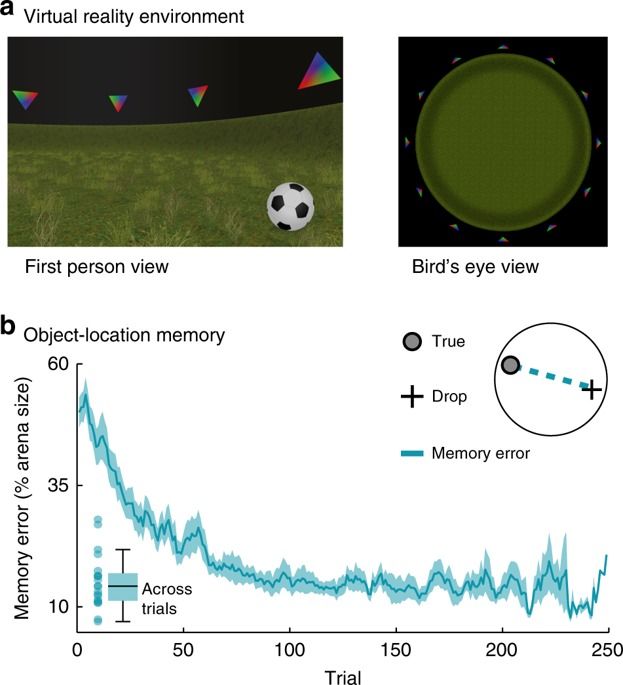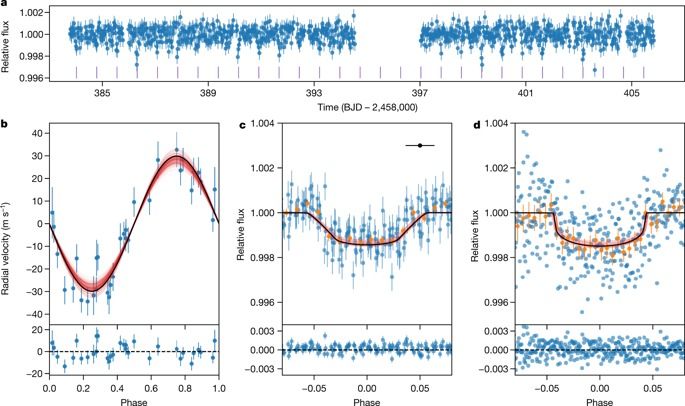Hubble can see deep into space, but it’s also made amazing discoveries right here in our solar system! ☀️
Check out what Hubble has seen in our cosmic neighborhood over the past 30 years. Follow along over the next two days for more about Hubble’s fascinating universe.
#NASA #Hubble #video #solarsystem #planet #space #science #discovery #universe #astronomy



